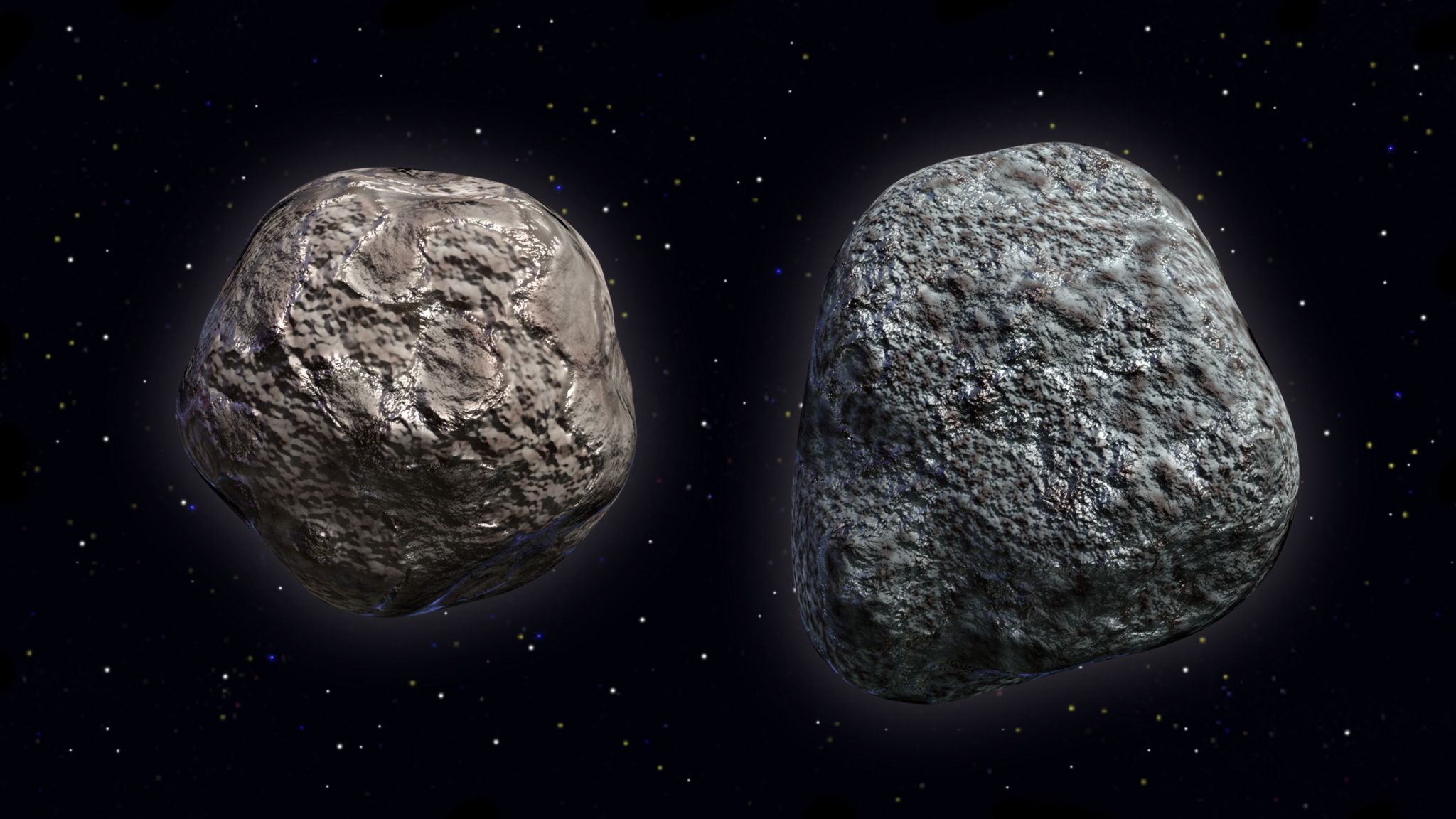What about Asteroids?
Get your telescopes ready, two large main-belt asteroids will be in opposition in a few days! This event occurs when the Sun, Earth and asteroid configure in a straight line. At this time the Earth is in the middle, between the Sun and the asteroid, that’s why you can observe it in the sky during the nighttime.
This coming Friday night, April 5, 7 Iris will pass the opposition after the sunset. Being the fourth-brightest object in the asteroid belt after Vesta, Ceres, and Pallas, it will become visible above your south-eastern horizon at about 10:00 p.m. Later that night, Iris will also make its closest approach to the Earth, reaching a peak brightness of magnitude 9.4. To observe this asteroid, check the small Corvus constellation. Iris should move along an orbit right over there.
On the next day night, April 6, look for the third most massive asteroid and our second guest from the main asteroid belt. Asteroid 2 Pallas will reach its highest point in the southern sky at around midnight local time. You could find it well-placed in the constellation Boots. On this occasion, 2 Pallas will reach a peak brightness, shining as bright as magnitude 7.9. At the same time the Sun will reach its greatest distance below the horizon.
P.S.: The event is invisible to the naked eye. Small telescope or a pair of binoculars would be perfect for observation.
